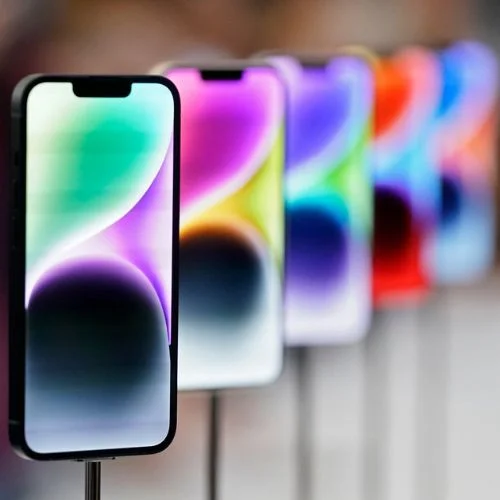According to a report, the government’s production-linked incentive scheme for mobile phones may drive Apple may manufacture 18% of its global iPhones in India by FY25, with the possibility of further expansion if the larger scale incentivizes its vendors to also expand in the country.
According to the Bank of America research, the PLI plan for mobile phones may assist India fulfill its ambitious aim of tripling domestic production to $126 billion and tripling exports to $55 billion by FY26.
According to the research, mobile phones account for 21.5% of India’s domestic electronic demand and are expanding at a compounded annual rate of 15%.
However, the scheme’s low production value add of 18% remains a major issue, with China and Vietnam having 38% and 24% local value add, respectively.
According to the BoFA research, 70% of the cost of a mobile phone, which includes the display, memory, and other semiconductors, is difficult to localize in the short future due to big capex and high-end technology.
However, the 38,000-crore PLI plan helped raise the export mix in domestic manufacturing from 16% to 25% year on year, allowing India to become a “credible global supply chain alternative” for mobile phones and electronics.
According to the BoFA data, India spent $158 billion on electronic products in FY2023, an increase of 11% compounded yearly from FY17 to FY23. Nonetheless, imports accounted for the vast bulk of the supply. In fiscal year 23, electronics imports totaled $77 billion, accounting for one-fifth of the country’s trade imbalance.
According to the report, the PLI scheme will aid India’s efforts to reduce imports and increase exports, which will improve its macroeconomic outlook and reduce the current account deficit by $112 billion over five years, provide foreign exchange stability, and accelerate growth in the capex, credit, and logistics sectors.
According to the research, the PLI program in India has exposed 68 stocks internationally.















